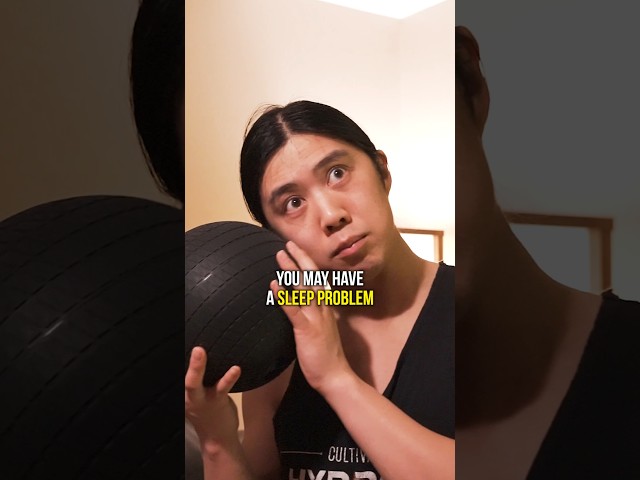When it comes to fitness and weight loss, one common misconception is whether fat can miraculously turn into muscle. In this article, we will uncover the truth behind this popular myth and explain how the body actually works when it comes to losing fat and gaining muscle.
The Difference Between Fat and Muscle
Before we dive into the topic, it is important to understand the fundamental differences between fat and muscle. Fat is a soft, flabby substance that is stored in the body as a result of excess calorie intake. It accumulates in various parts of the body, such as the abdomen, hips, and thighs. On the other hand, muscle is a dense, firm tissue that is responsible for movement and stability. It is built through resistance training and exercise to increase strength and endurance.
Can Fat Turn into Muscle?
Contrary to popular belief, fat cannot actually turn into muscle. These two tissues are completely different from each other in terms of structure and function. Fat cells are designed to store energy, while muscle cells are built to exert force and facilitate movement. Therefore, it is impossible for fat to transform into muscle through any natural process.
What Happens When You Lose Fat?
When you engage in activities that burn calories, such as cardiovascular exercise or strength training, your body taps into its energy reserves, which include fat stores. As a result, fat cells shrink in size, leading to a decrease in body fat percentage. However, the number of fat cells in your body remains the same, they simply become smaller.
Simultaneously, when you follow a well-balanced diet and provide your body with enough protein, your muscles can grow and become more prominent. This is because exercise and proper nutrition stimulate the synthesis of new muscle proteins, leading to muscle growth and increased strength.
The Importance of Nutrition
While exercise plays a crucial role in promoting fat loss and muscle gain, nutrition is equally important. Consuming a diet that is rich in lean protein, complex carbohydrates, and healthy fats provides the necessary nutrients for muscle repair and growth. Protein, in particular, is essential for building and repairing muscle tissue.
Additionally, it is important to understand that you cannot selectively lose fat from specific areas of your body. The process of fat loss is systemic, meaning that fat is burned from all parts of the body, not just the areas you might want to target.
Effective Strategies for Fat Loss and Muscle Gain
If your goal is to lose fat and gain muscle, there are several effective strategies you can implement:
- Follow a well-balanced diet that includes lean protein sources, whole grains, fruits, and vegetables
- Incorporate both cardiovascular exercise and strength training into your fitness routine
- Monitor your calorie intake and create a caloric deficit to promote fat loss
- Include resistance training exercises that target all major muscle groups
- Allow adequate rest and recovery time for your muscles to repair and grow
The Bottom Line
While fat cannot turn into muscle, you can simultaneously lose fat and gain muscle through proper exercise and nutrition. By engaging in regular physical activity and following a balanced diet, you can optimize your body composition and achieve your fitness goals.











Discussion about this post